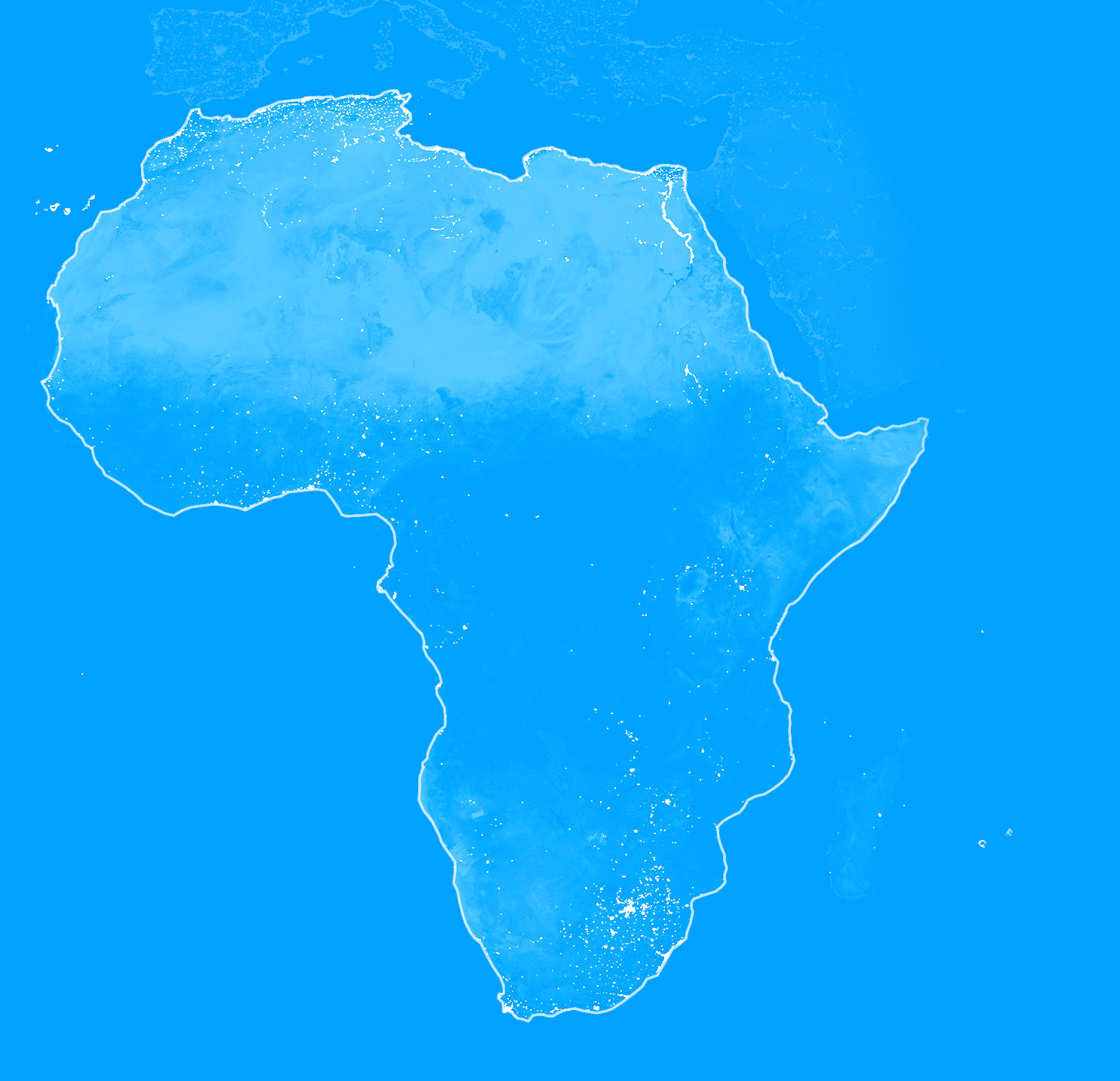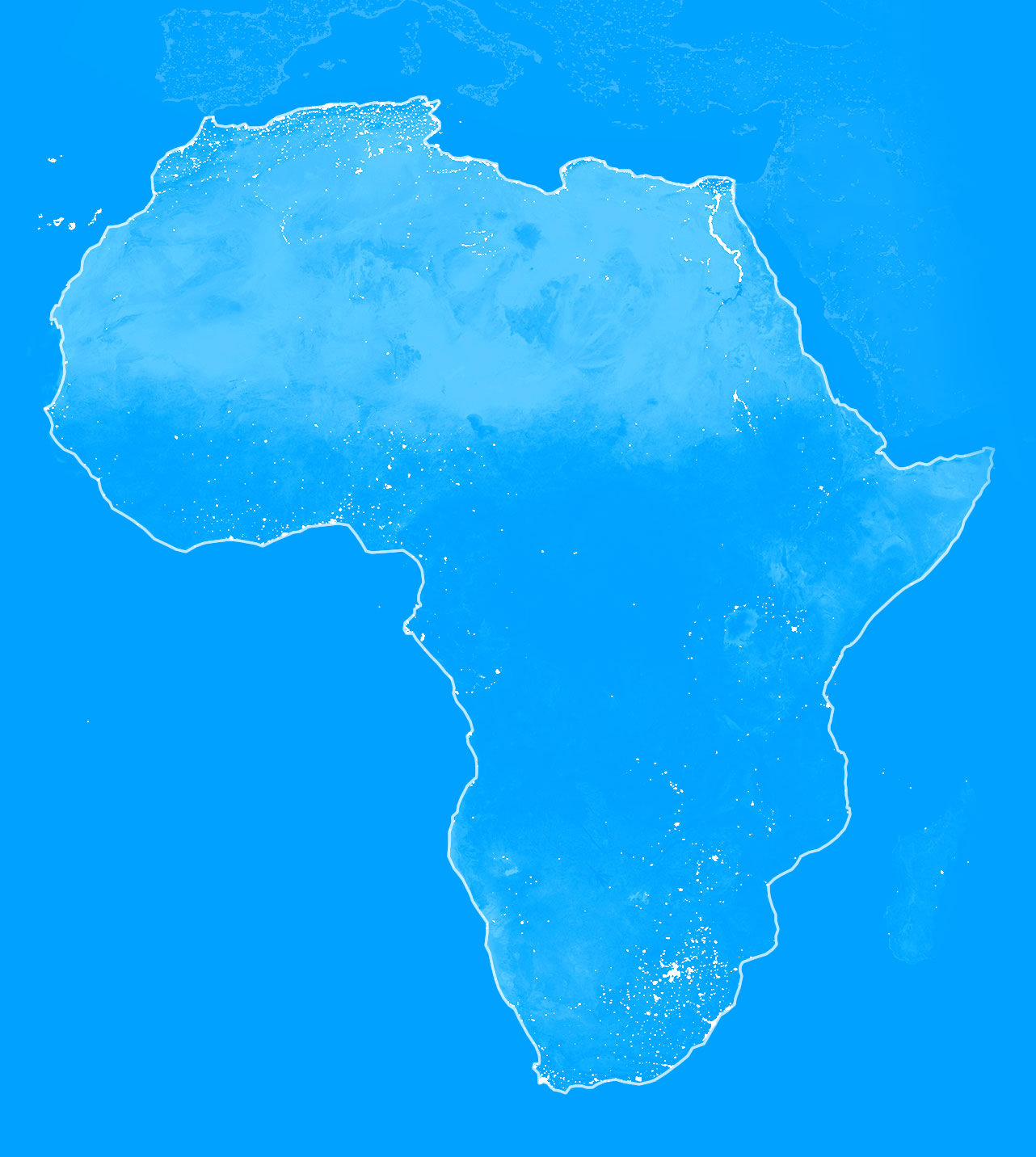

Humaniq Care is a charity and fundraising platform
built around our application and infrastructure
The first mobile service with
the capacity to change the world
Humaniq is a new generation financial services
with its own cryptocurrency, which is aimed at
eradicating poverty amongst millions of people
living in the emerging economies
For the unbanked people
Humaniq opens up the benefits of financial inclusion and grants access to a series of financial services
For businesses
Humaniq enables start-ups and projects to offer their services to an audience of billions
According to the World Bank's Global
Financial Inclusion Database, there are
currently 1.7 billion people on Earth
who do not have access to official
financial services
billion adults
Humaniq's ever‑growing
userbase is a blue ocean for
thousands of new projects
coming years
user accounts
to move onto the
Humaniq platform

What makes Humaniq
a big thing
Connecting the unbanked
10 years of research across Asia and Africa, carried out by the authors of Portfolios of the Poor, showed that poverty proliferates in regions whose inhabitants do not have access to financial services. Humaniq is becoming the simplest route to financial inclusion for billions of people.
User base exponential growth
According to Metcalfe's law, the value of a network is proportional to the square of the number of its users. For Humaniq, this means that the more unbanked people who join the system, the greater the motivation will be for other people to join.
Simplicity and safety for the unbanked
Biometric authentification
Users are verified by their face and voice, eliminating the need for formal documentation
Independent HMQ currency
Every new user receives $20 worth of HMQ in their account, the value of which bears no relation to their local currency
The interface is simple to interact with
Even for those who have never used gadgets before
Extraordinary opportunitites for business
Based on Ethereum blockchain protocol
Guaranteed security against hacking, corruption and loss of information thanks to complete decentralisation
Independent fund and accelerator
External projects and promising ideas can receive expert support and investment for a launch into the Humaniq system
Open API
Any project can merge into the Humaniq system
Humaniq use cases
Humaniq global
challenge
Life-changing technology
Humaniq grew out of the idea that advanced technologies should benefit everybody. Now, we want to inspire developers from all over the world to come and join our movement.
Humanitarian impact
Humaniq is not just a commercial project. It is a worldwide mission, aiming to give people in developing nations more power to change their lives.
The world is talking
Huffingtonpost.com:
Tackling Financial Exclusion With Biometric TechnologyThenextweb.com:
5 Things You Need to Know About Blockchain TechnologyForbes.com:
From Here To Where? Bitcoin And The Future Of CryptocurrencyCointelegraph.com:
Ethereum-Based Humaniq To Deliver Banking 4.0 to 2 Bin UnbankedFinance.yahoo.com:
Humaniq, Blockchain Financial Platform for the Unbanked, Appoints CEO and 20 Members to Global Advisory BoardNasdaq.com:
Humaniq Aims to Tackle Barriers to Economic Inclusion With Blockchain App